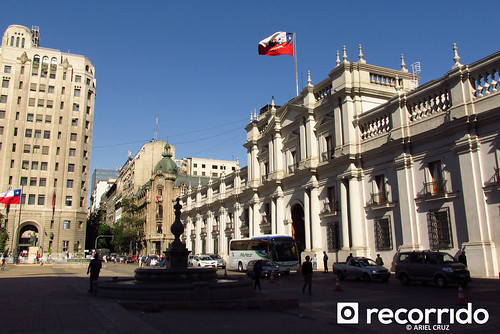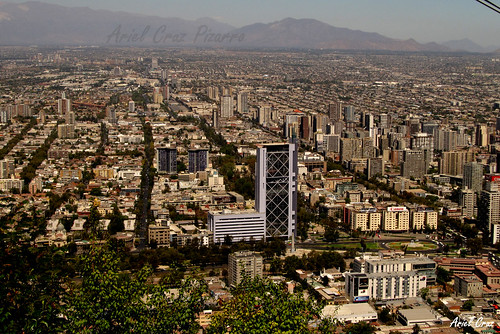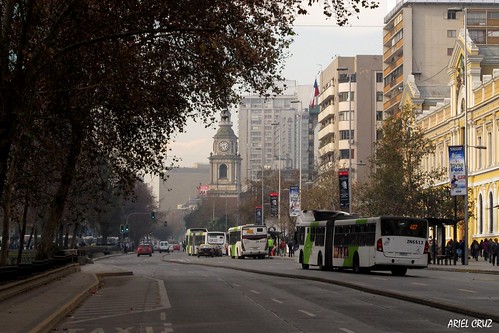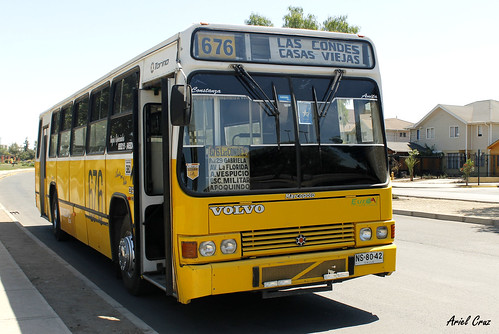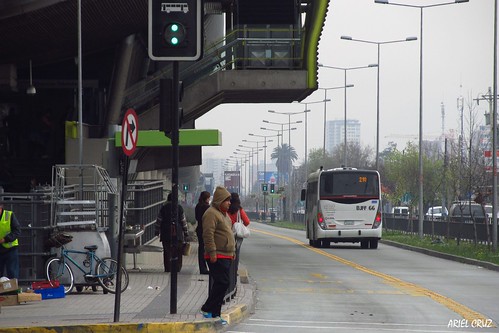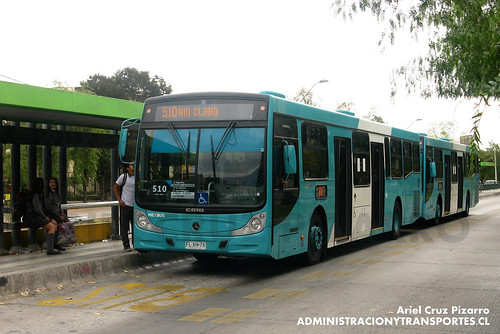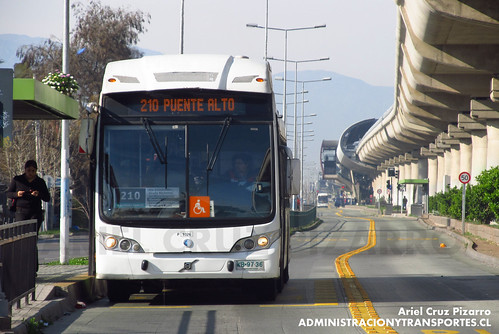I was searching tips for TOEFL test and I find that a good exercise could be to read articles in your native language and translate it to English. So... I will translate some of my work, this article is originally in Blog Recorrido.CL and it's a summary of which activities you could do in Santiago. I could say that some sentences would not be equal because I'm translating without a dictionary and I try to maintain the feelings of the words.
Santiago de Chile is a privileged city, it's ubicated in middle of a fertile valley, the city has a lot of vineyards around it and, in addition, the city has hills in middle of the own city so you can enjoy wonderful viewpoints! Santiago has the majority of public administration and it's the cultural and economical center of the country, there are always activities to do and places that you must know! The location of Santiago is so convenient, because you could go to the beach or the mountain in around 2 hours, you can enjoy both places without the need to do a long trip.
Here, I'll give you reasons why you must know Santiago de Chile, you could make an idea about our city, the activities that you can do, the must-know places and you can see very beautiful photos, I took it with so much passion, I hope you enjoy it and you love Santiago as me.
# 1 - Viewpoints
Santiago is a city that has a lot of viewpoints, some of these viewpoints are natural and another group is artifitial. Santa Lucia hill and San Cristobal hill, in addition to be viewpoints, there are truly public parks, in these places you can have a nice moment and it's not important your age or if it's autumn or spring or summer, everyday is a good day for visit both places.
San Cristobal Hill has a cable car, zoo, picnic zones, natural paths, religious sanctuary, among other activities. A good tip is that you should go after midday, I tell you it because the sunlight goes to center-south area of the city so you can enjoy a wonderful view. Another great tip is important if you are visiting us in winter or spring. Inmediately after the rain, you must reach the climb! Our city usually has smog but in these special moments you can enjoy a clear view and our mountains has snow, it's amazing!
For trekking enthusiast, another natural viewpoint is Manquehue hill, it's more big than another two hills and it's required a better physic status. You remember that I say there are artifitial viewpoints, well, you can enjoy the Giratorio Restaurant and soon, Costanera Center Mall will open its own viewpoint.
# 2 - Santiago Downtown: Armas Square - Civic Center - La Moneda Palace
The first photo is related to this category, it's possible that you will love our civic center. Armas Square is surrounded by Metropolitan Chatedral, National Historic Museum (former Real Audiencia Palace) that has a little viewpoint that see the square, the Santiago's Municipality with their own tourism office, there are a lots of commercial places that sell food and women's handbag. Due to our terrible earthquake (2010), Casa Colorada that it's a colonial house that has in its inside walls our Santiago's History Museum it's being repared yet. A few blocks of Armas Square, there are a Precolombin Art Museum.
If you walk to the south-west, you can see La Moneda Palace, our Executive Power place. In this palace, you can register for a guide visit (you must do one week before). In the surroundings, there are the main public administration buildings like General Contralory, General Tesorery. In the south side, the palace has an underground cultural center with many expositions, it's really interesting. If you walk to the east by Alameda, you can reach New York street and Santiago Stock Exchange. Near this place you could see University of Chile and Ahumada Street, it's our most important commercial street.
I will continue... but today I'm almost sleeping, goodbye!
